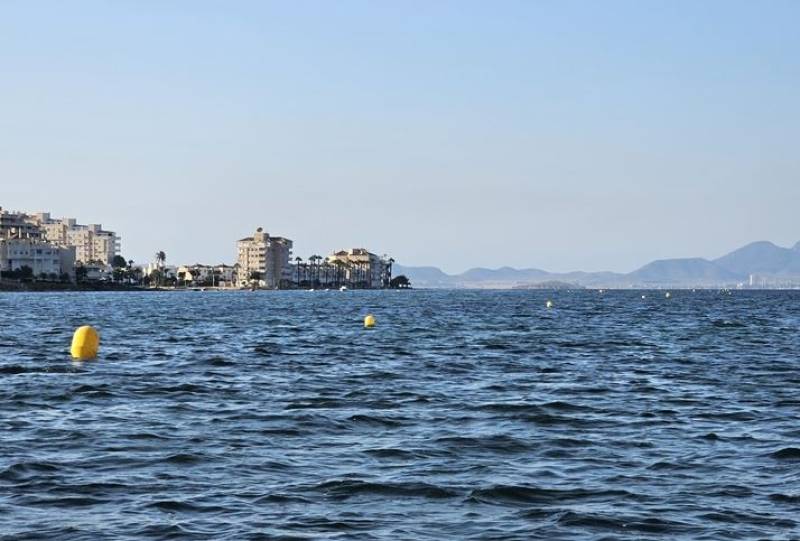- Region
- Águilas
- Alhama de Murcia
- Jumilla
- Lorca
- Los Alcázares
- Mazarrón
- San Javier
-
ALL AREAS & TOWNS
- AREAS
- SOUTH WEST
- MAR MENOR
- MURCIA CITY & CENTRAL
- NORTH & NORTH WEST
- TOWNS
- Abanilla
- Abarán
- Aguilas
- Alamillo
- Alcantarilla
- Aledo
- Alhama de Murcia
- Archena
- Balsicas
- Blanca
- Bolnuevo
- Bullas
- Cañadas del Romero
- Cabo de Palos
- Calasparra
- Camping Bolnuevo
- Campo De Ricote
- Camposol
- Canada De La Lena
- Caravaca de la Cruz
- Cartagena
- Cehegin
- Ceuti
- Cieza
- Condado de Alhama
- Corvera
- Costa Cálida
- Cuevas De Almanzora
- Cuevas de Reyllo
- El Carmoli
- El Mojon
- El Molino (Puerto Lumbreras)
- El Pareton / Cantareros
- El Raso
- El Valle Golf Resort
- Fortuna
- Fuente Alamo
- Hacienda del Alamo Golf Resort
- Hacienda Riquelme Golf Resort
- Isla Plana
- Islas Menores & Mar de Cristal
- Jumilla
- La Azohia
- La Charca
- La Manga Club
- La Manga del Mar Menor
- La Pinilla
- La Puebla
- La Torre
- La Torre Golf Resort
- La Unión
- Las Palas
- Las Ramblas
- Las Ramblas Golf
- Las Torres de Cotillas
- Leiva
- Librilla
- Lo Pagan
- Lo Santiago
- Lorca
- Lorquí
- Los Alcázares
- Los Balcones
- Los Belones
- Los Canovas
- Los Nietos
- Los Perez (Tallante)
- Los Urrutias
- Los Ventorrillos
- Mar De Cristal
- Mar Menor
- Mar Menor Golf Resort
- Mazarrón
- Mazarrón Country Club
- Molina de Segura
- Moratalla
- Mula
- Murcia City
- Murcia Property
- Pareton
- Peraleja Golf Resort
- Perin
- Pilar de la Horadada
- Pinar de Campoverde
- Pinoso
- Playa Honda
- Playa Honda / Playa Paraíso
- Pliego
- Portmán
- Pozo Estrecho
- Puerto de Mazarrón
- Puerto Lumbreras
- Puntas De Calnegre
- Region of Murcia
- Ricote
- Roda Golf Resort
- Roldan
- Roldan and Lo Ferro
- San Javier
- San Pedro del Pinatar
- Santiago de la Ribera
- Sierra Espuña
- Sucina
- Tallante
- Terrazas de la Torre Golf Resort
- Torre Pacheco
- Totana
- What's On Weekly Bulletin
- Yecla


- EDITIONS:
 Spanish News Today
Spanish News Today
 Alicante Today
Alicante Today
 Andalucia Today
Andalucia Today
Date Published: 06/08/2025
Heavy July rains relieve pressure on the Mar Menor
While this is good news, the experts warn that the lagoon is still under stress

The late July rains in the Region of Murcia have brought some welcome relief to the Mar Menor. According to the latest weekly report from the Mar Menor monitoring system, the lagoon is showing signs of improvement.
The study, carried out by the Spanish Institute of Oceanography (IEO-CSIC) through the Belich project, highlighted a number of positive changes following the rainfall on July 25.
“Temperatures have dropped to more normal levels for this time of year, salinity has barely been affected, turbidity has remained stable and oxygen levels have remained at optimal levels,” the report states.
Temperatures in the lagoon had reached a worrying 32ºC during the heatwaves in June and July. Now they have dropped to between 29 and 29.5ºC, which is more typical for August.
The IEO notes that the change has happened both at the surface and at the bottom of the lagoon. This drop in temperature has helped ease environmental stress and reduce the amount of chlorophyll in the water.
Despite this improvement, the experts still have serious concerns. The IEO warns that although there has been a sudden drop in chlorophyll levels, the weekly average “is very similar to the median of the time series since 2016.”
They also note that “in general, these values remain very high compared to the average for the decades prior to 2016, between 3 and 8 times higher.”
The report says that “current conditions are not critical for the lagoon ecosystem, but it is at high risk of deterioration if they return to levels of high environmental stress.”
In fact, the data “indicate that the lagoon ecosystem could be experiencing a new and incipient episode of instability, following a long period of stability described in previous reports.”
This change does not appear to be caused by any major discharge event. Instead, it is linked to the recent high temperatures. These temperatures “contribute to accelerating and intensifying” several harmful processes, including microbial and phytoplankton growth, as well as the breakdown of organic matter in the water and sediment.
This in turn leads to “the consequent consumption of oxygen,” the report explains.
The document also points to the high amount of nutrients in the water as a key cause of phytoplankton growth. These nutrients come from both external sources, such as the aquifer, and internal ones like the lagoon's sediment.
Lastly, the IEO highlights that high temperatures may also be weakening the role of a type of algae called Caulerpa prolifera. Normally this algae helps control nutrients, but the heat may be reducing its effectiveness. This would allow phytoplankton to grow even more quickly.
Image: Archive
Contact Murcia Today: Editorial 000 000 000 /
Office 000 000 000































